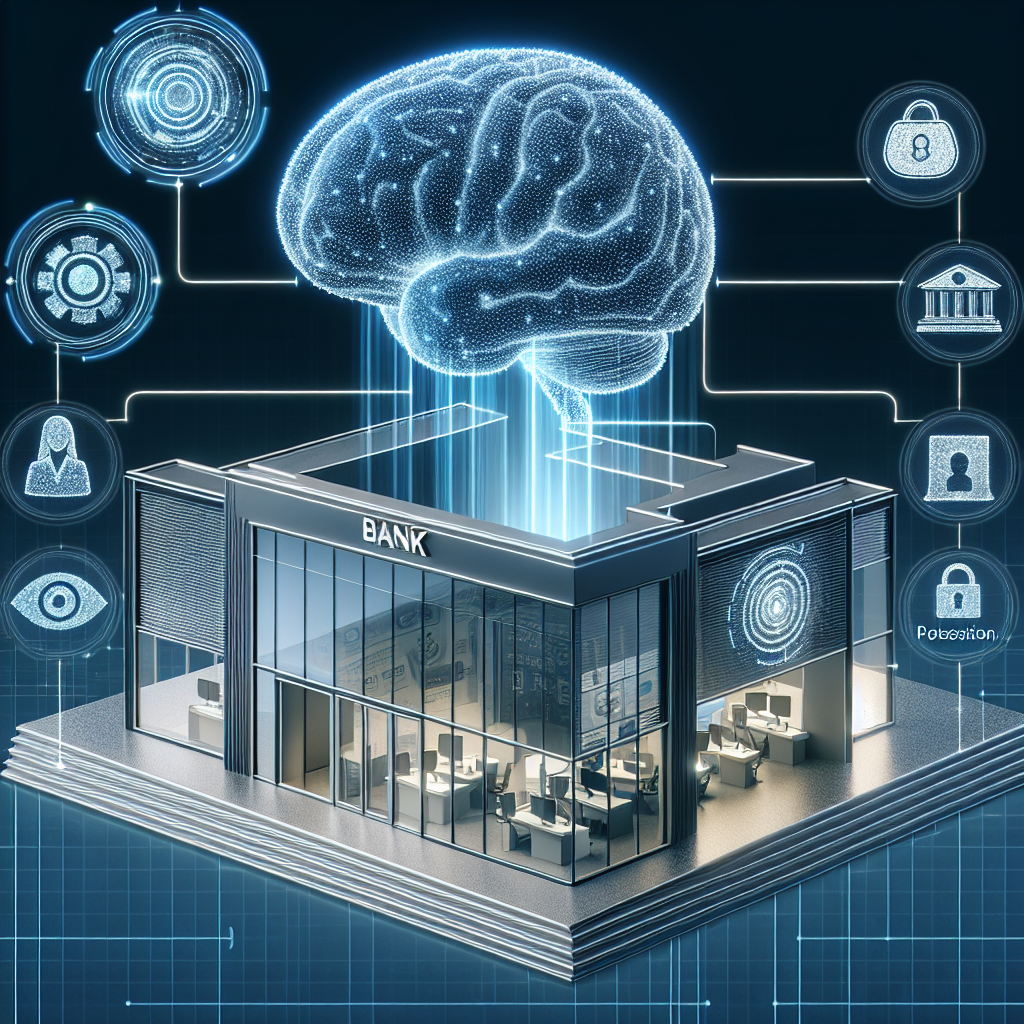The Impact of AI on Risk Management in Banking
Artificial Intelligence (AI) is revolutionizing the way industries operate, and the banking sector is no exception. With the increasing volume and complexity of data, banks are turning to AI to enhance risk management processes and improve decision-making. In this article, we will explore the impact of AI on risk management in banking and how it is transforming the industry.
1. Automation of Processes
One of the key benefits of AI in risk management is the automation of processes. AI-powered systems can analyze vast amounts of data in real-time, allowing banks to identify potential risks and take proactive measures to mitigate them. This automation not only saves time and resources but also improves the accuracy and efficiency of risk management processes.
AI can also automate compliance tasks, such as monitoring transactions for suspicious activities or ensuring adherence to regulatory requirements. By automating these tasks, banks can reduce the risk of human error and ensure compliance with regulations, ultimately improving overall risk management practices.
2. Predictive Analytics
Another significant impact of AI on risk management in banking is the use of predictive analytics. AI algorithms can analyze historical data to identify patterns and trends that can help banks predict future risks. By leveraging predictive analytics, banks can proactively manage risks and make informed decisions to protect their assets and customers.
For example, AI-powered systems can analyze customer data to identify potential credit risks and predict the likelihood of default. By using this information, banks can adjust their lending practices and mitigate the risk of financial losses. Predictive analytics can also help banks identify emerging risks and trends in the market, allowing them to adapt their risk management strategies accordingly.
3. Enhanced Fraud Detection
AI is also transforming fraud detection in banking by improving the accuracy and speed of identifying fraudulent activities. AI-powered systems can analyze vast amounts of transaction data to detect anomalies and patterns that indicate potential fraud. By using machine learning algorithms, banks can continuously improve their fraud detection capabilities and stay ahead of cybercriminals.
AI can also enhance customer authentication processes by using biometric data and behavioral analytics to verify identities and prevent unauthorized access to accounts. By leveraging AI for fraud detection, banks can protect their customers’ assets and reputation while reducing financial losses due to fraudulent activities.
4. Personalized Risk Management
AI is enabling banks to personalize risk management processes based on individual customer profiles and behaviors. By analyzing customer data and preferences, AI-powered systems can tailor risk management strategies to meet the specific needs of each customer. This personalized approach not only enhances customer satisfaction but also improves risk management practices by addressing individual risk factors.
For example, AI can analyze customer transaction data to identify spending patterns and behaviors that may indicate potential risks, such as overspending or fraudulent activities. By using this information, banks can proactively engage with customers to mitigate risks and provide targeted risk management solutions.
5. Regulatory Compliance
AI is also helping banks to improve regulatory compliance by automating compliance tasks and ensuring adherence to regulations. AI-powered systems can monitor transactions in real-time to detect suspicious activities and ensure compliance with anti-money laundering (AML) and know your customer (KYC) regulations. By automating these tasks, banks can reduce the risk of regulatory fines and penalties while improving overall risk management practices.
FAQs
Q: How is AI used in credit risk management in banking?
A: AI is used in credit risk management to analyze customer data, predict credit risks, and adjust lending practices accordingly. By leveraging predictive analytics, AI-powered systems can identify potential credit risks and help banks make informed decisions to mitigate financial losses.
Q: How does AI improve fraud detection in banking?
A: AI improves fraud detection in banking by analyzing transaction data, detecting anomalies and patterns that indicate potential fraud. By using machine learning algorithms, banks can continuously improve their fraud detection capabilities and stay ahead of cybercriminals.
Q: What are the benefits of using AI in risk management in banking?
A: The benefits of using AI in risk management in banking include automation of processes, predictive analytics, enhanced fraud detection, personalized risk management, and improved regulatory compliance. AI enables banks to analyze vast amounts of data, identify potential risks, and make informed decisions to protect their assets and customers.
In conclusion, AI is transforming risk management in banking by automating processes, predicting risks, enhancing fraud detection, personalizing risk management, and improving regulatory compliance. By leveraging AI technologies, banks can improve decision-making, mitigate risks, and enhance overall risk management practices. As AI continues to evolve, its impact on risk management in banking is expected to grow, shaping the future of the industry.

